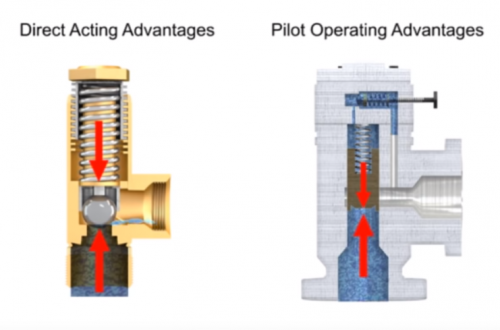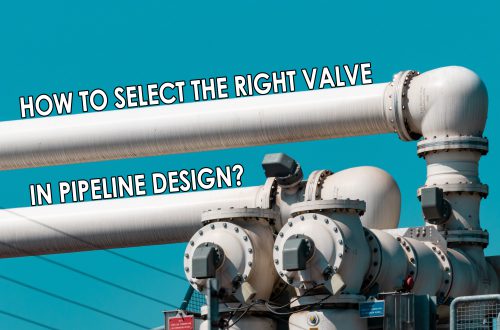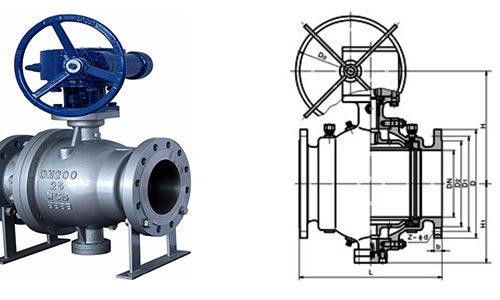The butterfly valve controls the flow of fluid through the conduit by a single valve disc mounted on the central shaft. The disc creates a variable orifice (see Figure 1).
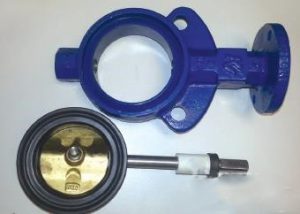
Butterfly valves can generally be divided into three basic types: damping valves, elastomeric seat valves, and high-performance valves.
Damping valve
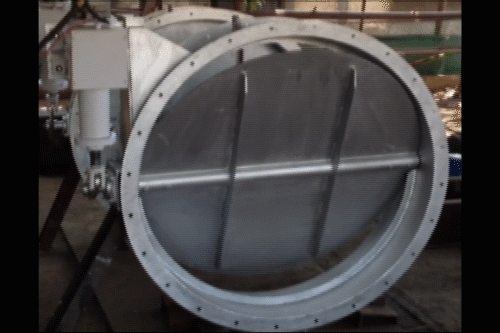
The damper butterfly valve is actually a butterfly valve without a valve seat (see Figure 2). The valve disc in the valve does not touch the inner wall of the valve body. It does not cut off the fluid; it only decelerates the fluid in the pipe or flue because there is a gap between the outer diameter of the valve disc and the inner wall of the valve body. Damping valves are primarily used to control air or gaseous fluids and are designed for low-pressure applications. Common applications include heating and air intake, exhaust vents and chimney smoke.
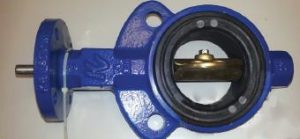
Resilient seat valve
The resilient seat butterfly valve includes a rubber seat located between the outer diameter of the valve disc and the inner wall of the valve body. The valve seat is mechanically attached to the valve body, and the valve disc has an interference fit between the valve seat and the valve seat in the closed position. These valves have a positive pressure shutoff and can handle higher pressures. Common ways in which the valve seat attaches to the valve body, including the tail valve seat, the box seat, and the combined valve seat.
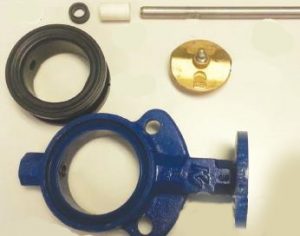
High-performance butterfly valve
High-performance butterfly valves use a rugged PTFE or metal seat that is slightly narrower than the valve body. This valve seat is mechanically retained inside the valve body. High-performance butterfly valves are typically designed with double or triple biased discs. In this design, the valve shaft does not pass through the valve seat and the valve shaft does not pass through the centerline of the valve disc. This allows the valve disc to enter the seat through the cam configuration, which reduces the torque required to switch the valve. The double offset design relies on the offset axis and the chamfer that is machined at the edge of the disk. The valve seat acts as a sealing member when in contact with the chamber of the valve disc. The three-bias valve adds an oval seal to the disc and uses offset and chamfer seats together. When in contact with the chamber of the valve disc, the seal ring on the disc is the sealing component of the three bias valve.
For more information, please visit http://www.adamantvalves.com/.


